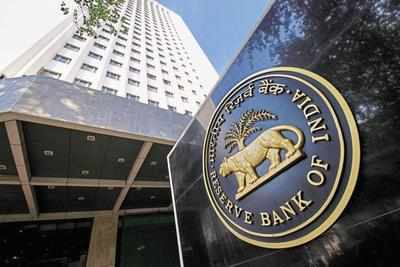In the midst of a government-Reserve Bank of India (RBI) tussle over utilisation of capital reserves of the central bank, former Chief Economic Advisor Arvind Subramanian strongly supports the government’s view saying the RBI is holding excess capital between Rs 4.5 trillion and Rs 7 trillion which should be used to recapitalise the banks However, he adds that deploying capital is a decision for the RBI to take which it must do voluntarily and proactively without even the whiff of interference from outside. Subramanian says he realises that in making this suggestion he is up against all the eminent current and former RBI officials, who argue that the RBI actually needs all the capital it has, but they are wrong. These officials command the respect of the public, and for good reasons. I think they are wrong. It is almost certainly the case that more money will be needed to make banks healthy It is possible that the government will need to provide anywhere between Rs 3-5 trillion — in addition to the amounts already spent — to restore the fundamentally viable public sector banks to health, Subramanian says. He adds that there is only one public-sector entity — RBI — that has a strong enough balance sheet to deploy this magnitude of resources. Subramanian adds that RBI is an outlier among major central banks, holding about 28 per cent in capital, which is the fifth-largest amongst all major central banks, with two of the four above India in this ranking being oil exporters, which are special cases being highly vulnerable to the swings in the price of petroleum. He says the RBI calculates risk based on a sample that almost no other central bank does and has set for itself a risk tolerance that is ultra, ultra conservative, almost bordering on paranoia. RBI is holding too much capital. Our estimate is that the RBI is holding excess capital between Rs 4.5-7 lakh crore. This excess capital should be redeployed, shifted from where it is not needed and put instead where it is needed urgently, namely, in public-sector banks, he says. If there is one strong balance sheet and one weak, there is no good reason the former should not come to the rescue of the latter. We build up strength in balance sheets not for strength’s sake but to use that strength. Savings are meant for rainy days and when rainy days come, savings should be run down.
RBI’s excess capital can be used to recapitalise banks: Arvind Subramanian

